My last class of the day at Yasuoka Elementary School had just ended at 2:40, and I was walking back across campus to the junior high school. Elementary English was now finished for the school year, so I had a pile of things in my arms. My third graders had given me a bouquet of paper flowers to thank me for one year of teaching them. Among other things, it had been a really good day.
Suddenly, I felt violently dizzy. The world swayed like a boat, and I noticed the heavy gymnasium doors were rattling. A moment later, I knew what was happening, and I quickly turned and headed away from the building. Looking back at that moment, I was surprisingly composed. My equilibrium was thrown, which is an awful feeling, but it was nothing compared to what people had felt many miles north of me.
As my students evacuated the school to the sunny parking lot, we had no idea how different this quake would be. It wasn’t until all the students washed their shoes and entered the building again, that I saw images from what seemed like a movie on live television. The Pacific coast of Miyagi, where I had visited less than a year previously, was on screen. Water rushed up and flooded a section of the expressway. Cars were turning around; they had no choice but to go back the wrong way. Then, a huge freight boat smashed into the side of the highway. The water rose higher and carried away all the vehicles. Other teachers in the staff room gasped, and my vice principal yelled at the cars on TV, telling them to turn around. I suddenly felt dizzy again. The name cards on the far wall clicked and swung on their hooks. Aftershock.
I left work that day feeling sad and confused about the fate of people who lived near Sendai and East Iwate. I also wondered if there was chaos in Tokyo with traffic frozen. Nothing had solidified. There wasn’t even a death toll yet. I simply had no idea what would unravel in the next week, or even month.
Only hours after I had fallen asleep that night in Nagano City, I was shaken awake by another one. This one felt stronger and closer; I could see things on the shelf rattling in the dark. It passed without harm, but it was the first of many more I would feel in the days to come.
To sum up, the first weeks of aftermath were a blur of dizziness, lines at gas stations, urgent emails from family, nuclear research, graduation prep, tearful news stories, sleepless quake-alarm nights, and news fueled with fear. Nagano, however, was turning out to be fine. Fear did more damage than radiation. However, our fears weren’t wholly unjustified. There were warnings of aftershocks along an active fault in our prefecture. It could have been us, we thought.
My husband and I wanted to help. We donated blood, money, blankets and water, but we still needed something to settle our minds. We found a volunteer NGO, Peace Boat, and went to Tokyo to see about opportunities to help. My husband was sent up to Ishinomaki, north of Sendai, less than a week later. My school started earlier than his, so I had to stay behind for work. During his time there, I had limited contact with him. On the night before he came home there was a massive 7.1 aftershock that shook Ishinomaki and a tsunami warning. The experience was surreal for him, as I sat at home helplessly watching the news, wondering.
Now it has been a month, my husband is home and the sakura are in bloom. It seems life – for us – might finally return to normal. But the Tohoku situation is still on our minds often. The last big aftershock set off another assault from the ground to the shores of the northeast. I felt one again just last night: dizziness, M7.0 in Fukushima. These shocks could continue for months or even years, and the Daiichi power plant is now classified a Chernobyl-level disaster. It has made me think about life, and death too, respectively. Everyone’s wave comes to claim them at some point. We’ve lived here for about two years, now. In that time we’ve been given a comfortable life, limitless opportunity, and heaps and heaps of kindness. We want to give back, and we’ll soon go up to Ishinomaki for more volunteering (a second time, for my husband). I can’t deny that I’m a little fearful, and a part of me knows I can’t even relate to the situation. But now I know the person I want to be when my wave comes.
I hope I can live up to it.
Submitted by: Emma Pierce
2nd year JET (ALT), Nagano, Japan

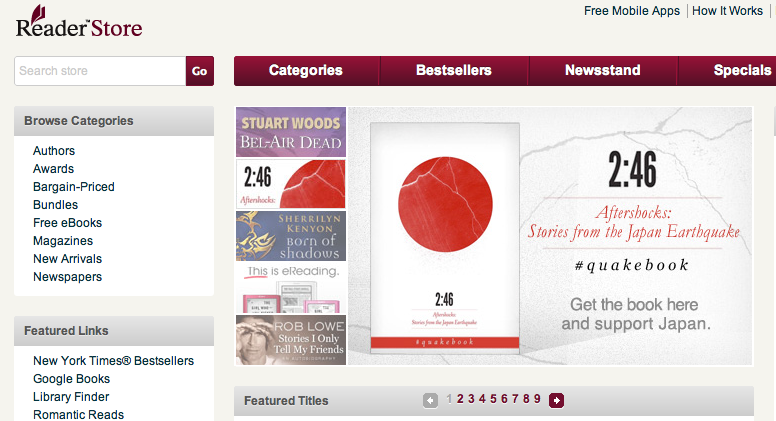
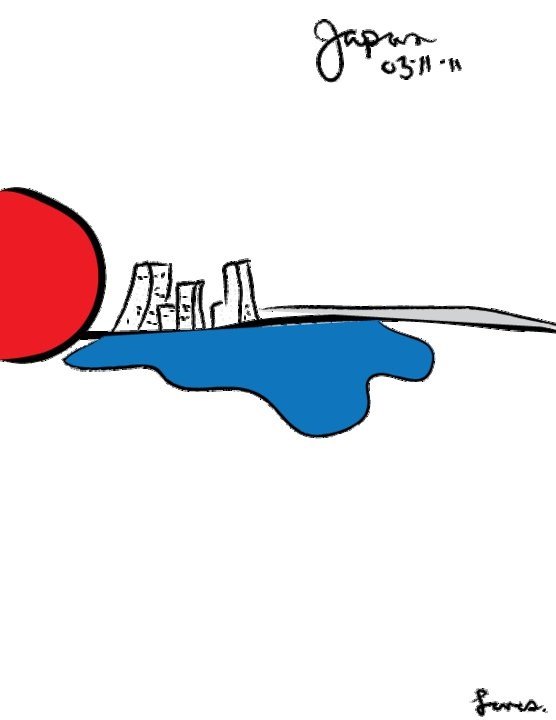
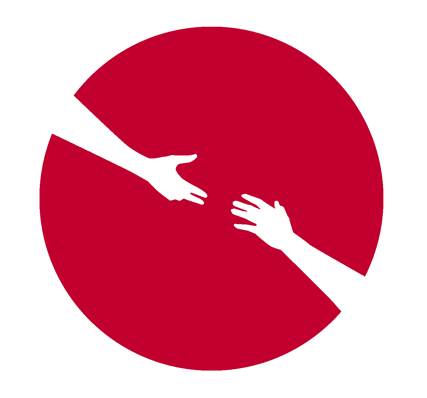
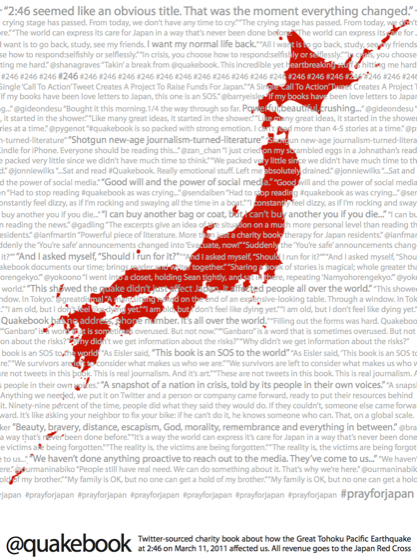
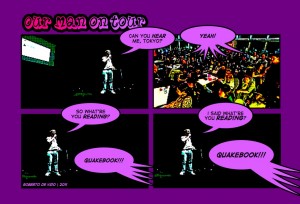
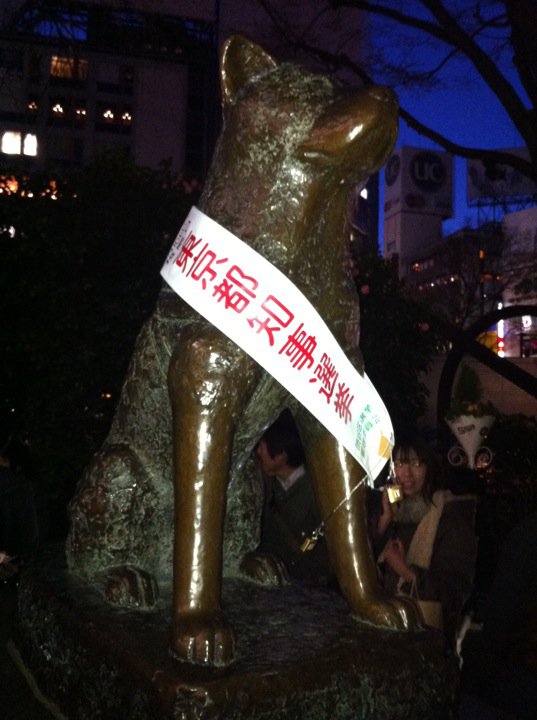
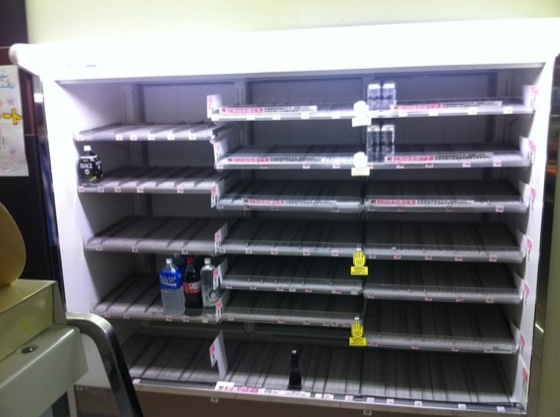
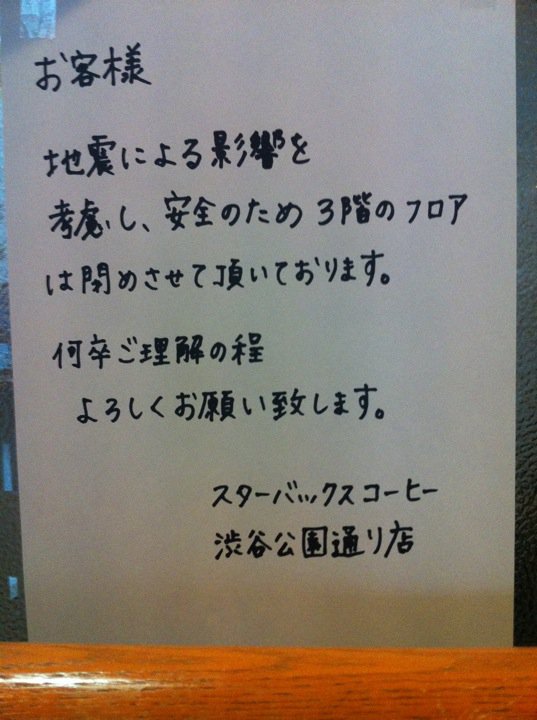
Recent Comments